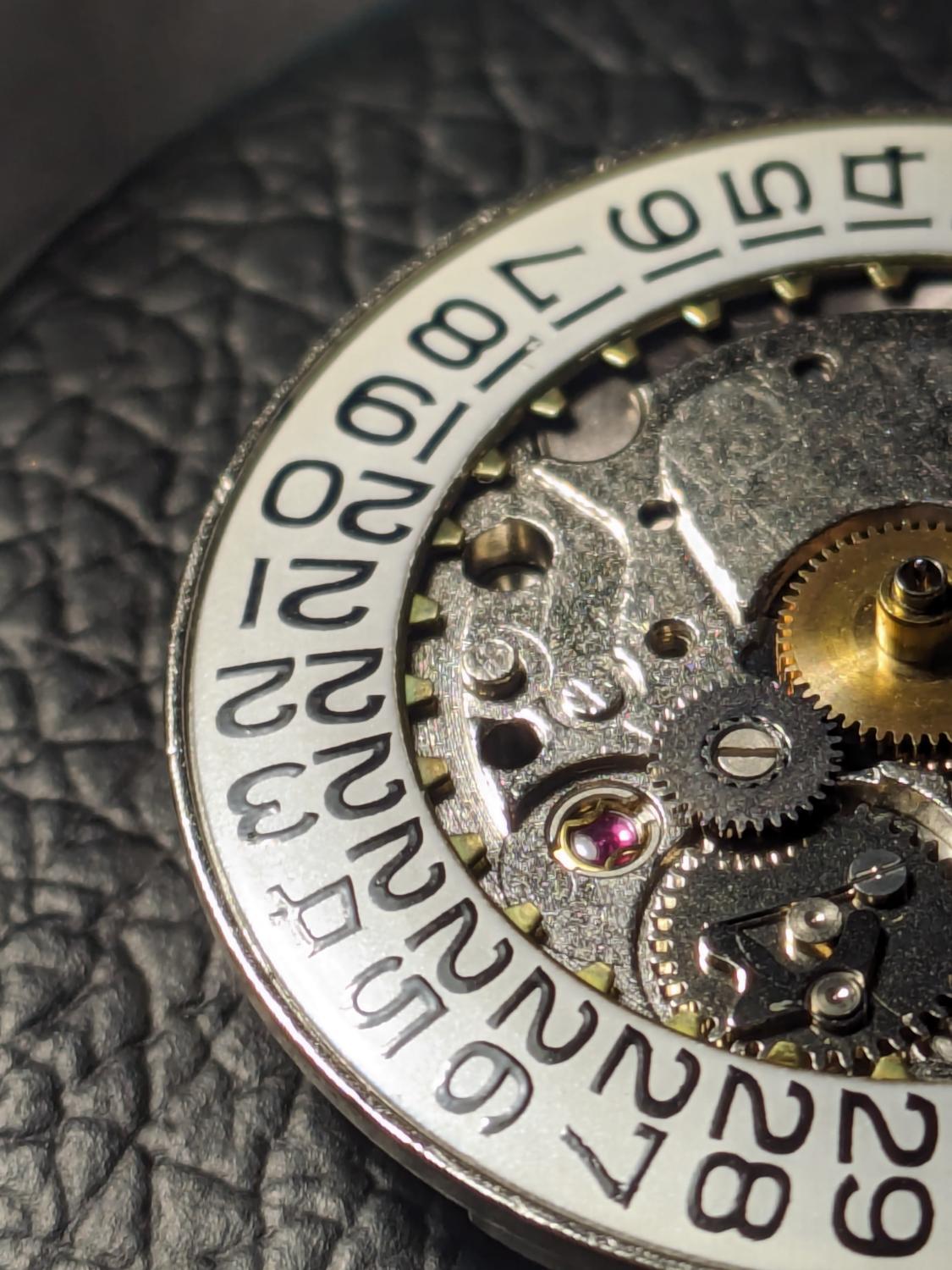Nickel plating - can anyone offer advice on why it won't stick ?
-
Recently Browsing
- No registered users viewing this page.
-
Topics
-
Posts
-
By SwissSeiko · Posted
On eco-drives, I've had to replace the battery, then pull the crown out and leave it like that for a few minuets, then push it back in and it start ups correctly. -
By Neverenoughwatches · Posted
I'm guessing, but this commercial demag machine maybe produces random magnetic fields to re-randomise the iron particles. So heres one for you, synthetic rubies are coloured predominantly with chromium oxide . But natural rubies and old synthetic watch rubies were also coloured with iron oxide in higher percentages than chromium oxide. Which gave them a degree of.................🤔 -
I've never had a hairspring distort on me by passing the movement or just the balance in a plastic pot over this demagnetiser. Have you seen how fast a cleaning machine spins to spin-off fluid and that does no harm to a hairspring. I was a little concerned when I first used it, thinking it might be too strong, but I was wrong. It is strong, but it does no damage. I pass the part over the demagnetiser and keep going for about an arms length, so about a metre, to properly demag the part.
-
By HectorLooi · Posted
I don't think you would be able to find spare parts. Your best bet would be to get a new movement from eBay. https://www.ebay.com/itm/256508500506?itmmeta=01HY3M863PSA61GK7B859QCWTE&hash=item3bb9191a1a:g:ubgAAOSwrJJgPP-s&itmprp=enc%3AAQAJAAAA4DxWhpiQiz2ZjKpm3PS%2FHPh4IafsSzMWEobc2q4qQWgPGMZ8kCR8y2PRsm7GE31FjeSDYSWcEyGlrpZEdQyyzOSgsgsaPjbP7dYmK8r49Nh%2BEtSqDDIZ8Tbp3vvX035fFXgcjc1GEH8l%2FOWJ9aTeWNGzeBgUwqyhJ3ZSXji50TQr6rd38Sqwaqsj2oc51UVKqqIKySKTfxVB7X09EXcJsmeYc5GCdVODNkb02q2RsxfSIzpgl9dFCmW1Ih%2BPg2j2NziSELg5AfaHl%2FPU2Zn9fNnoVN1Z1NUAREyh2BCubcWC|tkp%3ABk9SR_bhoPTwYw -
By Michael1962 · Posted
Here's a thought. Try unscrewing the bezel and the crystal. If you have one of those sticky balls for undoing casebacks, I would give that a try.
-










Recommended Posts